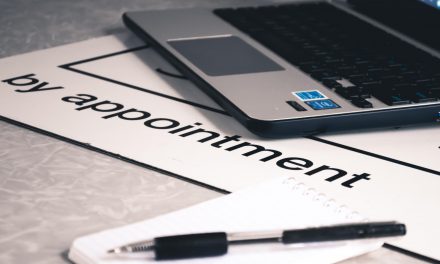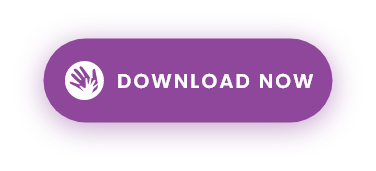If you’ve been in the healthcare industry for a long time, you might’ve come across challenges in the billing process. Managing your revenue cycle is no easy task since it’s a complex and long process that makes tracking payments tedious. As a result, somewhere down in the process, chances of mistakes happening are high. This can result in delayed payments for months if not weeks. To minimize the frequency of these mistakes, you need an effective billing process and that’s what we’re here to help you with. Continue reading our article for some medical billing tips that’ll help make your billing process smoother and efficient.
Have A Systematic Collections Process
The first step before you even begin the billing process is to have a clear and systematic collections process. Having a step-by-step system not only minimizes errors but also provides better communication between medical providers and patients. This process will help you keep your patients thoroughly informed, drastically reducing the chances of delayed payments. This consequently improves the healthcare institution’s revenue cycle.
- Face-to-face interactions with patients or their families are the best to minimize miscommunication. However, conversing with patients in certain departments like radiology is a subject on its own since face-to-face interactions are fewer.
- Collect enough accurate data on your patient. This includes the date of birth, addresses, phone numbers, medical history, etc. Ensure you collect and store all of these essential details, so that the billing department is in the know when it comes to setting up claims. Ensure that the patient has a photo ID, so it becomes easier to verify credentials. Also ensure you’re doing everything essential to maintain patient data privacy.
- Always verify addresses. This may seem a step too trivial to follow, but a wrong address can throw your entire system for a toss. It could be problematic when you need to send something important, like a report or receipt, in the mail. This also means your patient won’t be kept in the loop. Therefore, to avoid going through all this hassle, time and again, verifying your patient’s address is important.
- Store data in a digital format for ease of work. As you get more and more patients, you will have to store that much more information. This can soon become a mess. Ensure you also have a digital backup of all your files in case you misplace the physical copies.

Digital backups can save the day when your physical files are a mess. Photo by Sharon McCutcheon
Utilize An Efficient Payment System
Ensure that you have thorough and efficient payment modes in your institution. Cashless transaction methods such as debit and credit card payments, mobile payments, and electronic bank transfers are the preferred modes in the 21st century, so you’ll want to go with that. Also, other modes such as cheques or even cash for small sums can work. After all, it all boils down to your preference. If you offer any sort of payment plan, notify your patient about this as well. You can also mention your payment details on your website. Better modes mean better convenience which again increases the probability of your patients paying on time.
Additionally, it can be a good idea to collect co-pays as soon as possible. Where co-pays are concerned, collect them in advance of the offered service. Don’t leave any unpaid balance since it can gravely affect your net revenue. Make it office policy to request patients to pay in advance rather than having them pay after the appointment.
Try Outsourcing Your Billing
Many practices have decided to outsource their medical billing for a number of reasons. Doctors and medical staff already have a lot on their plate to manage patients, keep up with medicine trends, and follow various billing procedures. Despite the workforce, there’s a probability of details being unverified or missed. By outsourcing, you’re entrusting your billing to a team of specialized technicians who will get the work done in less time and effectively. Now you can dedicate more resources and time to the needs of your patients with billing being the least of your concerns.
Conclusion
Billing in the medical field can get tricky at times, but it all boils down to the approach. Our medical billing tips include having a systematic collections process and how it influences the revenue generated. Follow these guidelines to the bone and notice the positive change in your revenue cycle. Of course, it’ll take time to get to that level, but you’ll have to start somewhere. With our ImmunifyMe app, you can track revenue, transactions, and even store money in our e-wallet. To transfer the amount, you’re just a click away from the app: easy, convenient, and reliable.
FAQs On Medical Billing Tips
How Do I Get Better At Medical Billing?
You get better at medical billing by following a systematic collections process that includes collecting co-pays in advance, effective payment modes, and thorough verification of details. Provide cost estimates beforehand as well so that the patient can arrange the finances and pay on time.
Is Medical Billing Complicated?
Medical billing is long and complex! There’s a chance of details slipping into the cracks which can cause a lot of turmoil to the provider. However, if you manage your claims properly, follow the collections process systematically, or even outsource your billing to third-party companies, the billing procedure can be a bit lenient. Ensure you follow our medical billing tips for an efficient process.
What Are Common Payment Methods?
Cash, cheques, debit cards, credit cards, mobile payments, electronic bank transfers are widely used modes of transactions in the medical industry.






